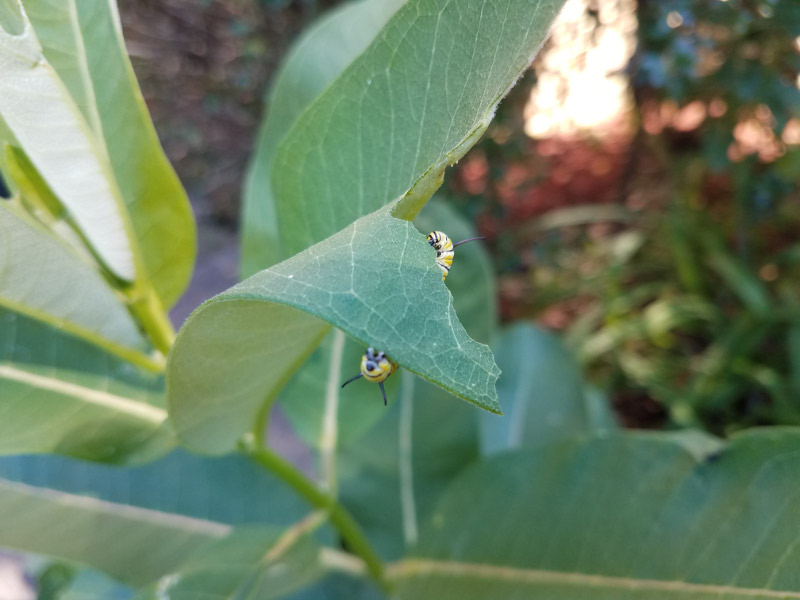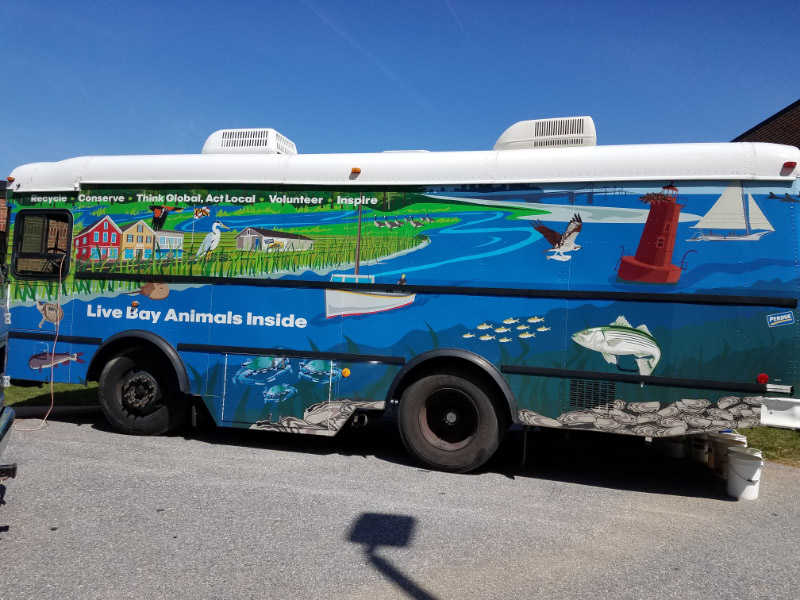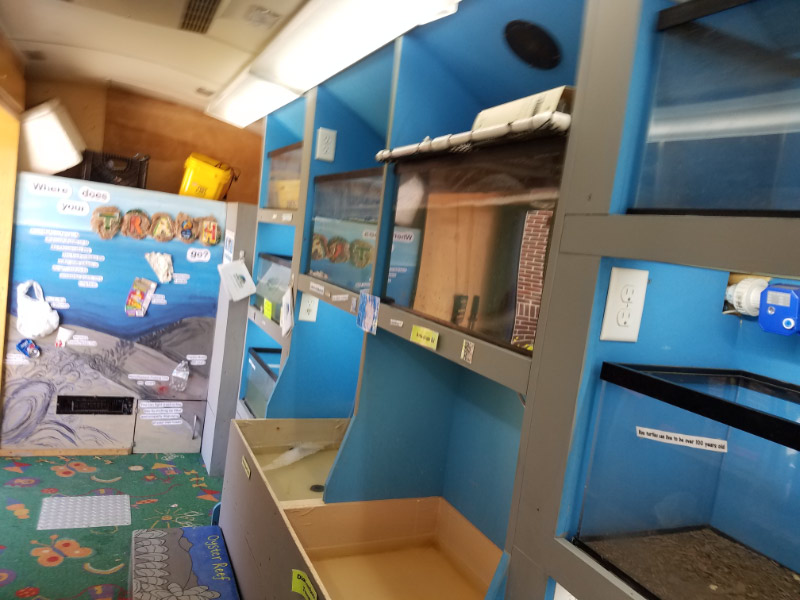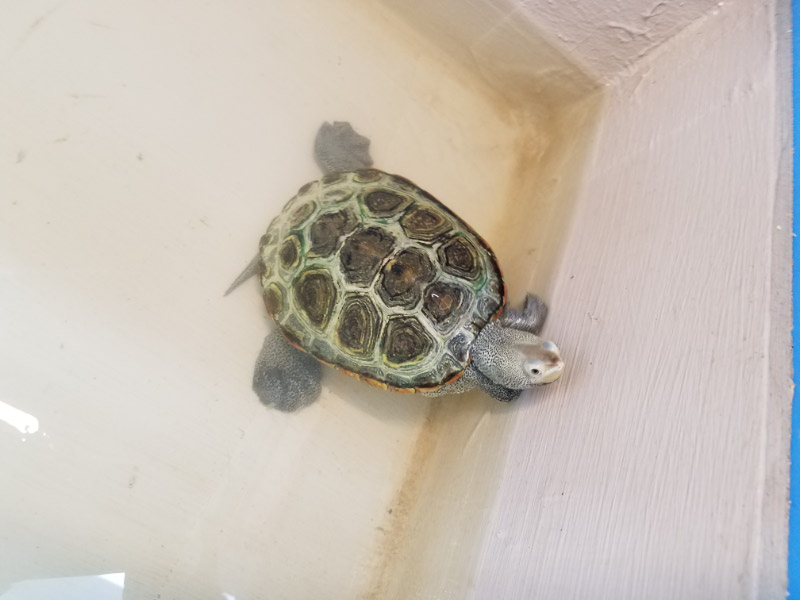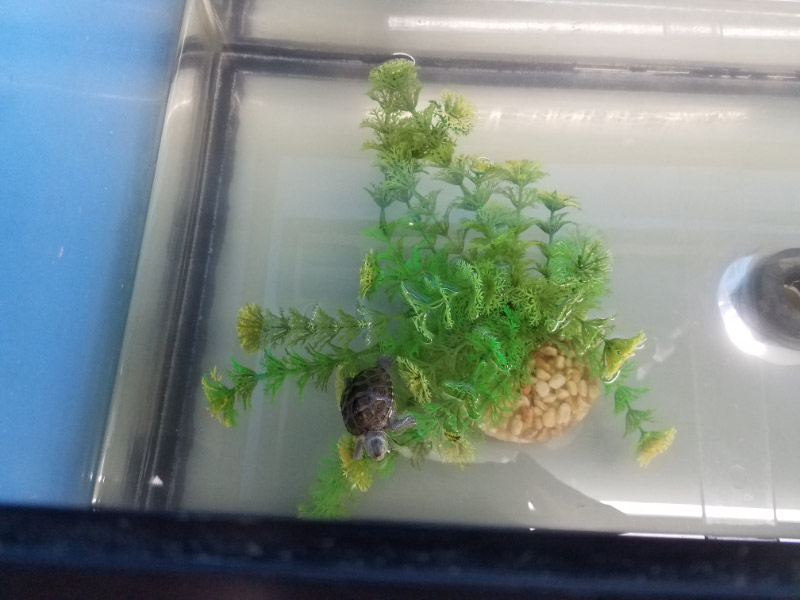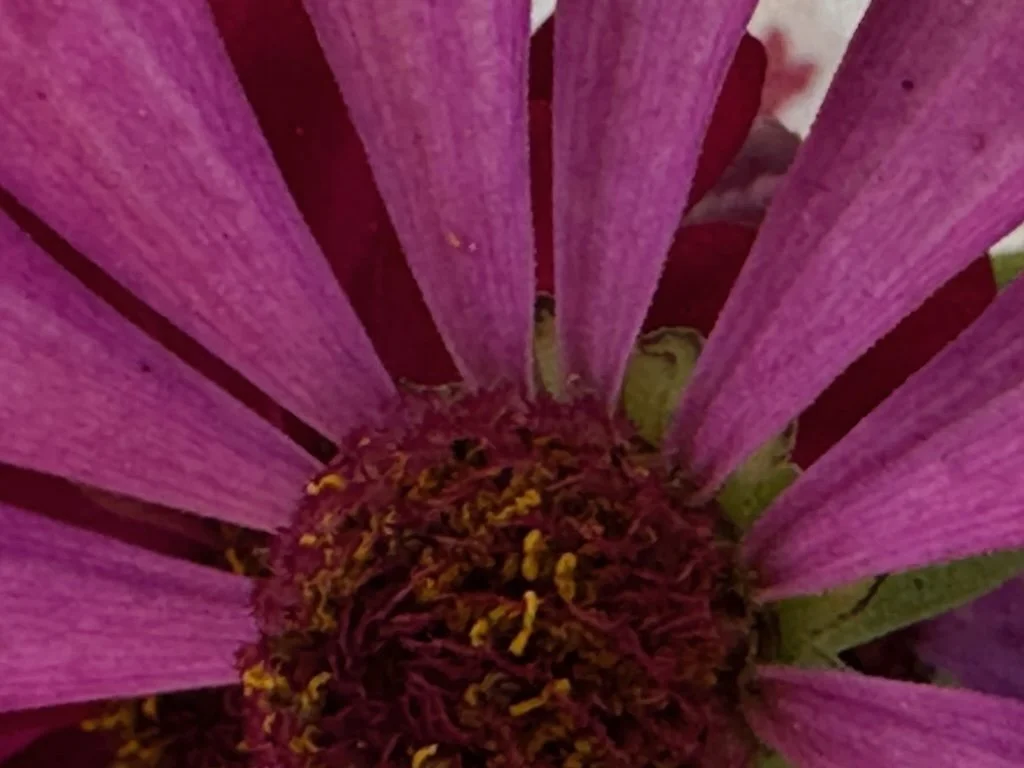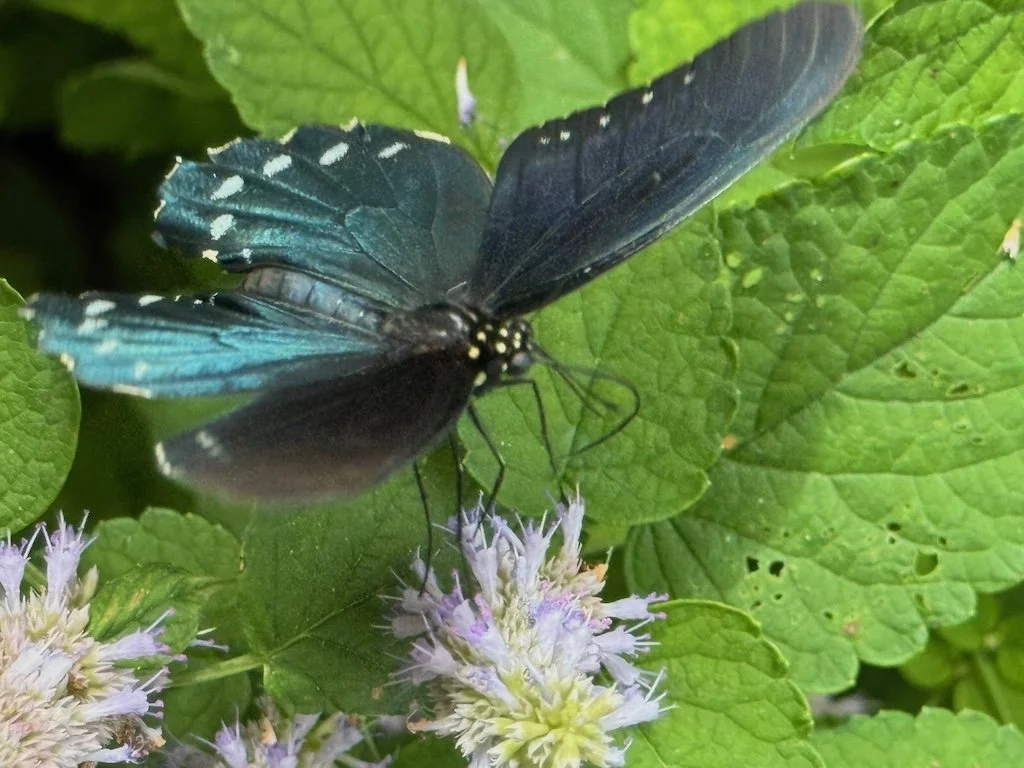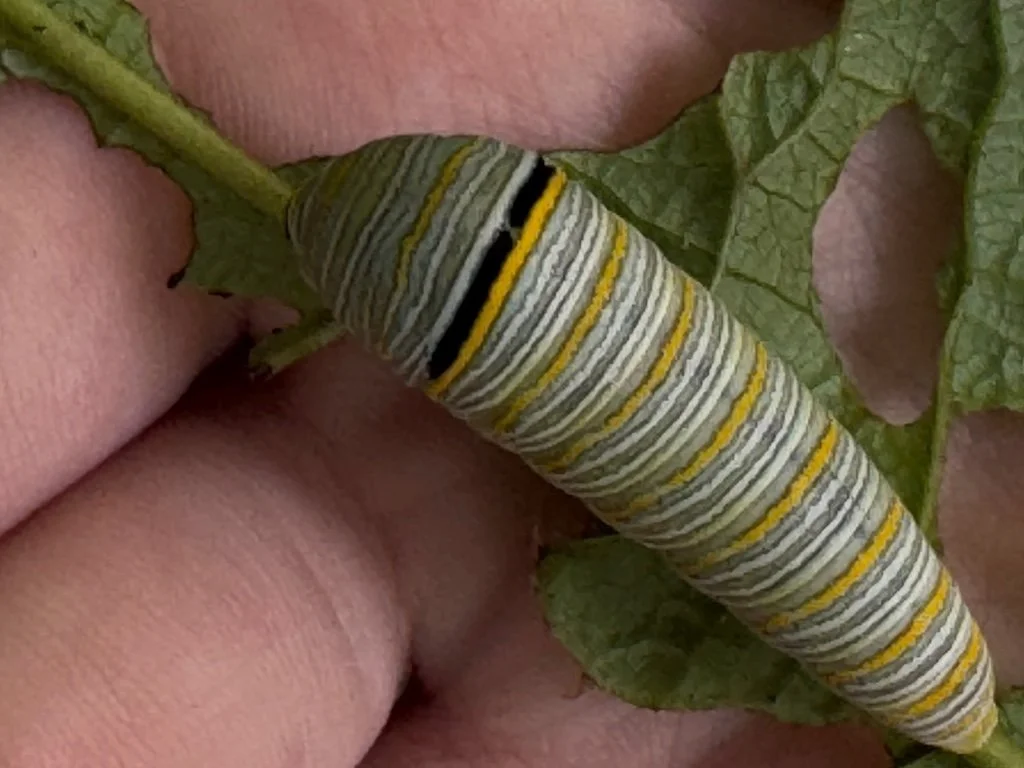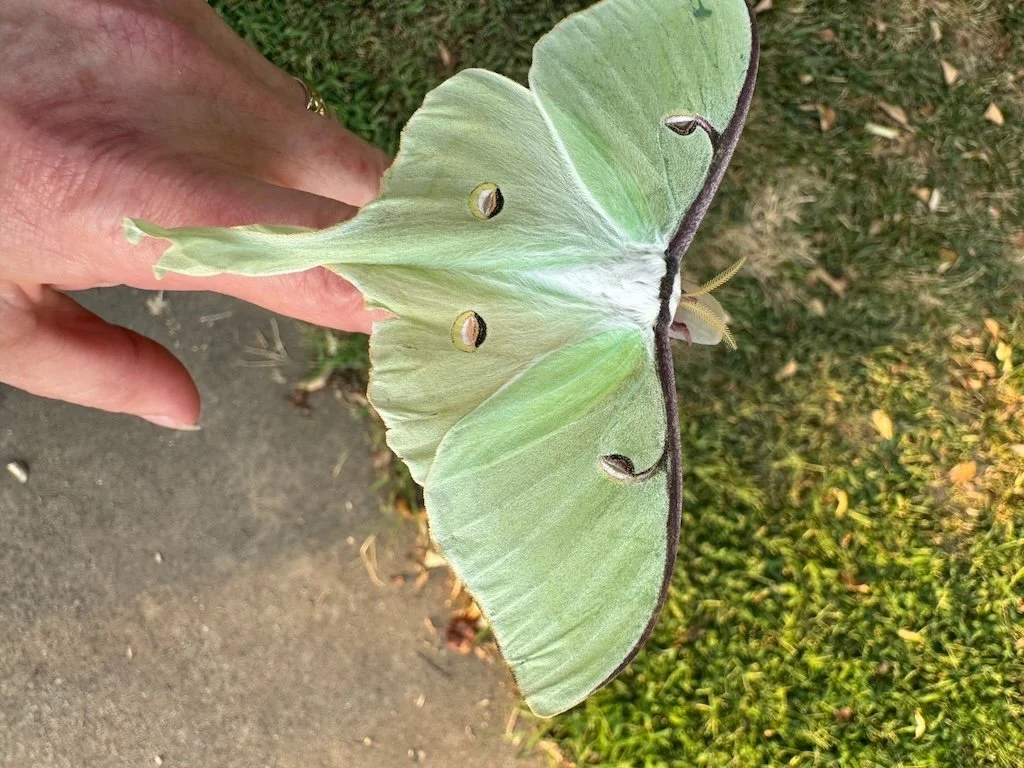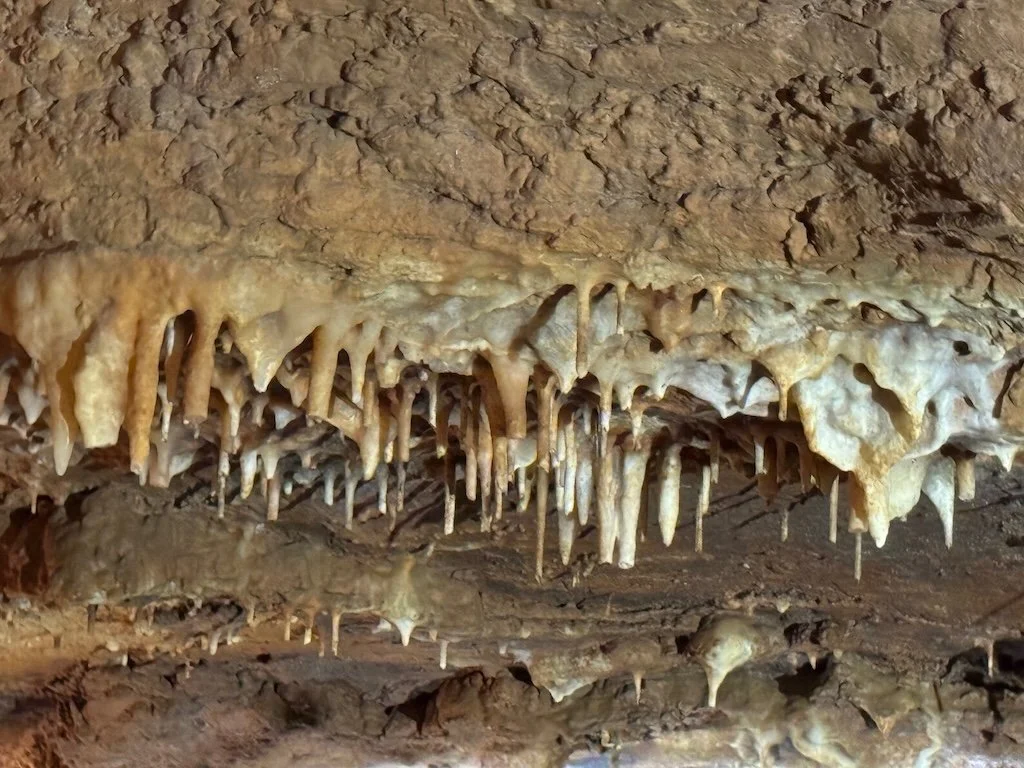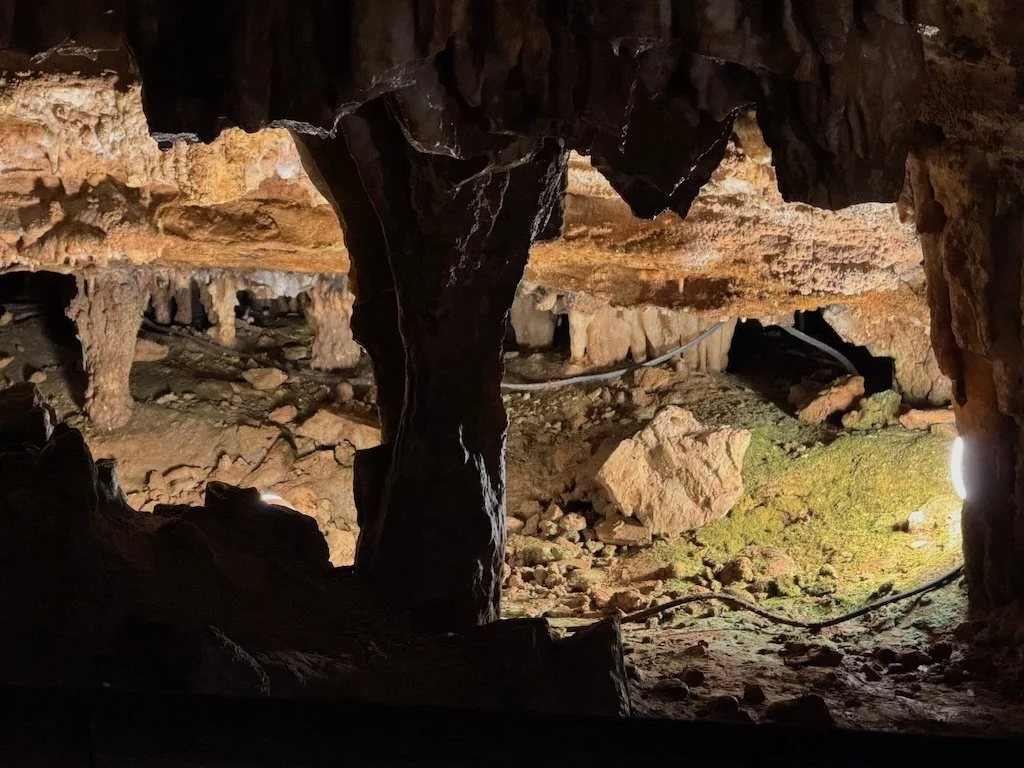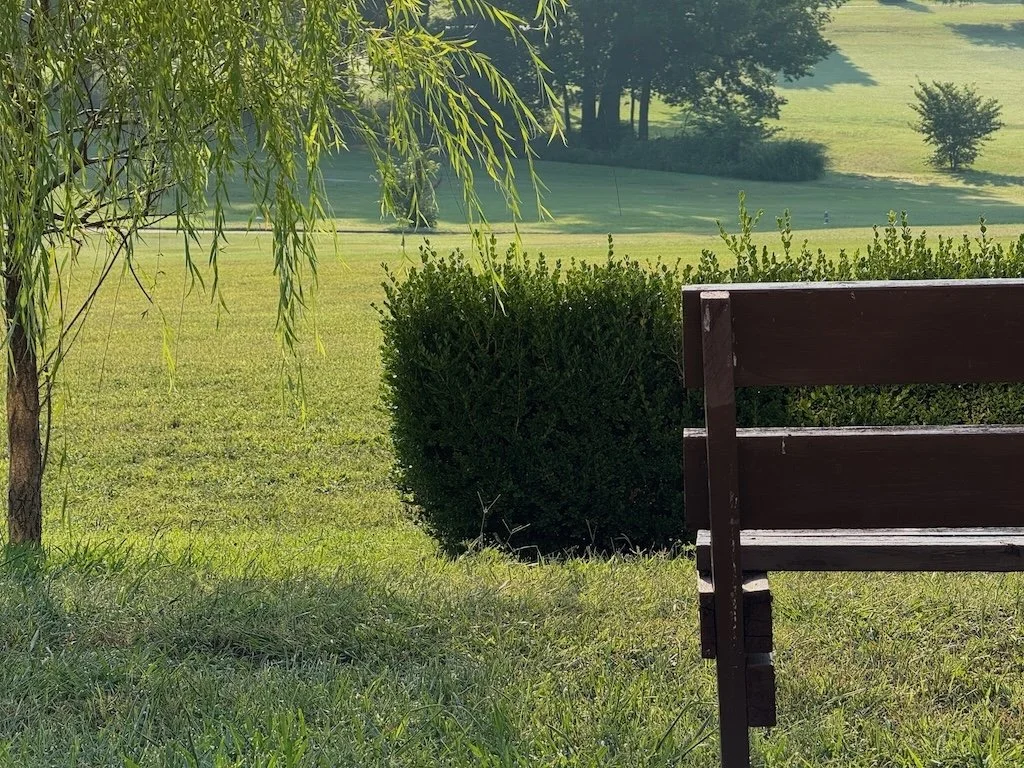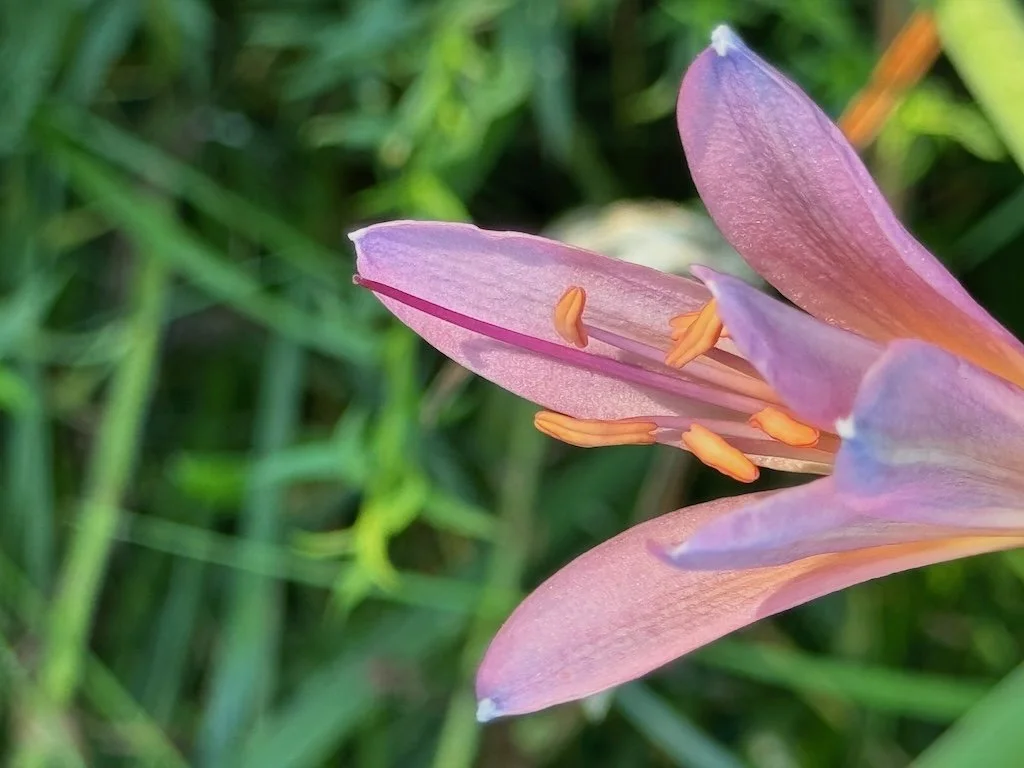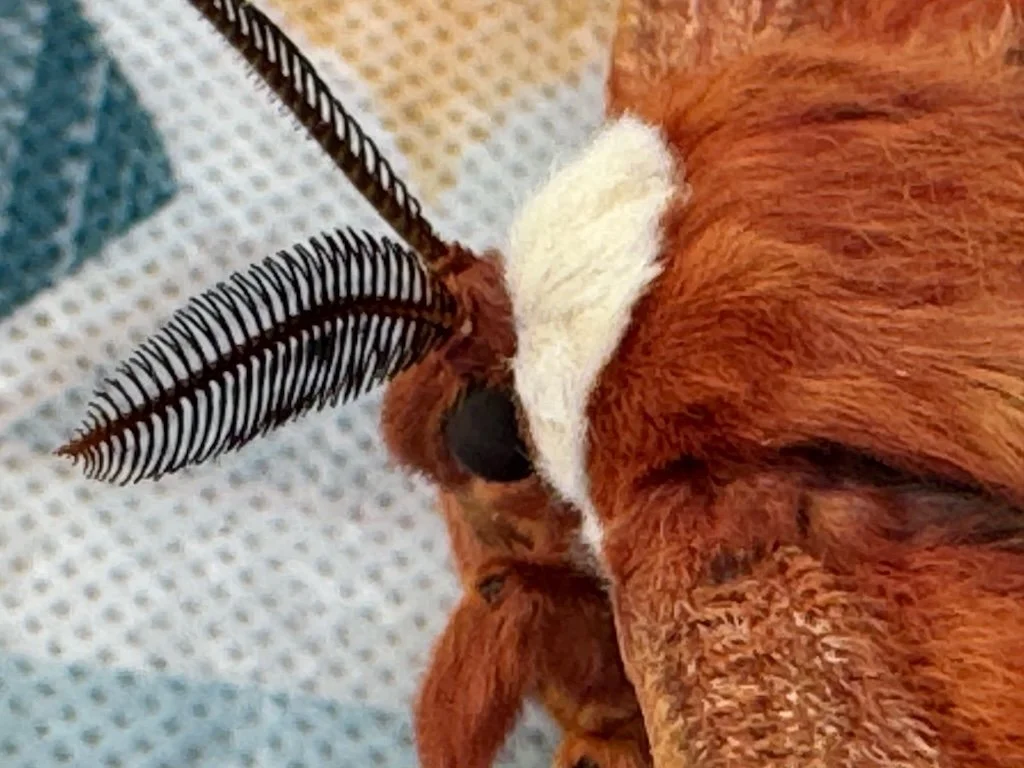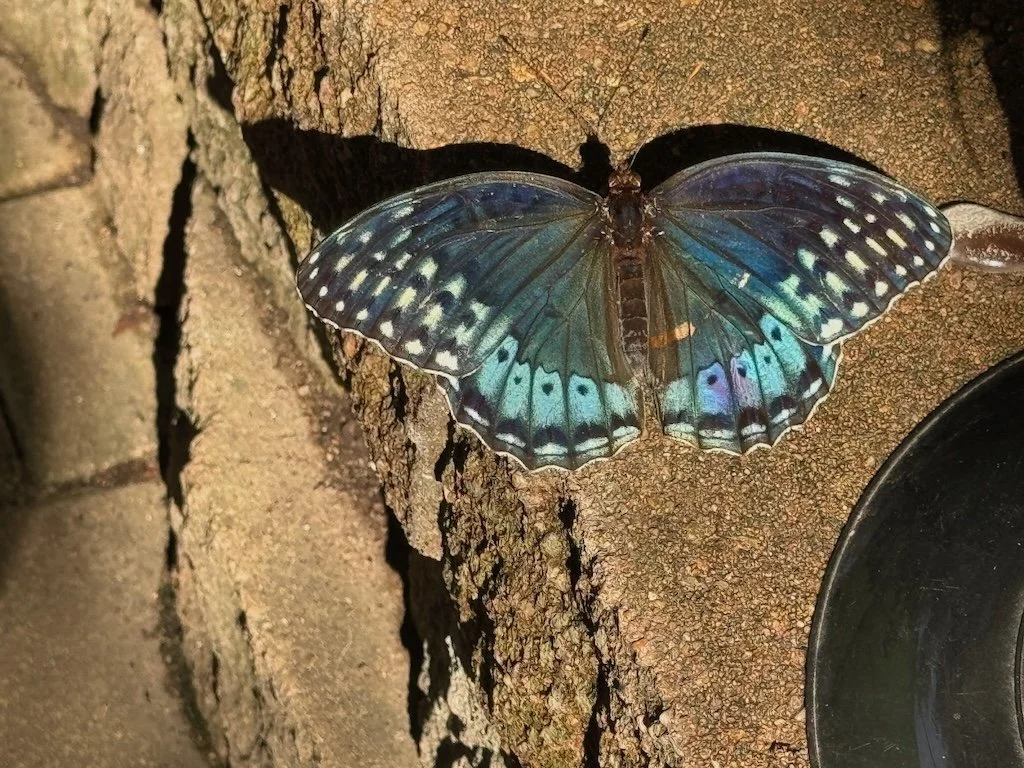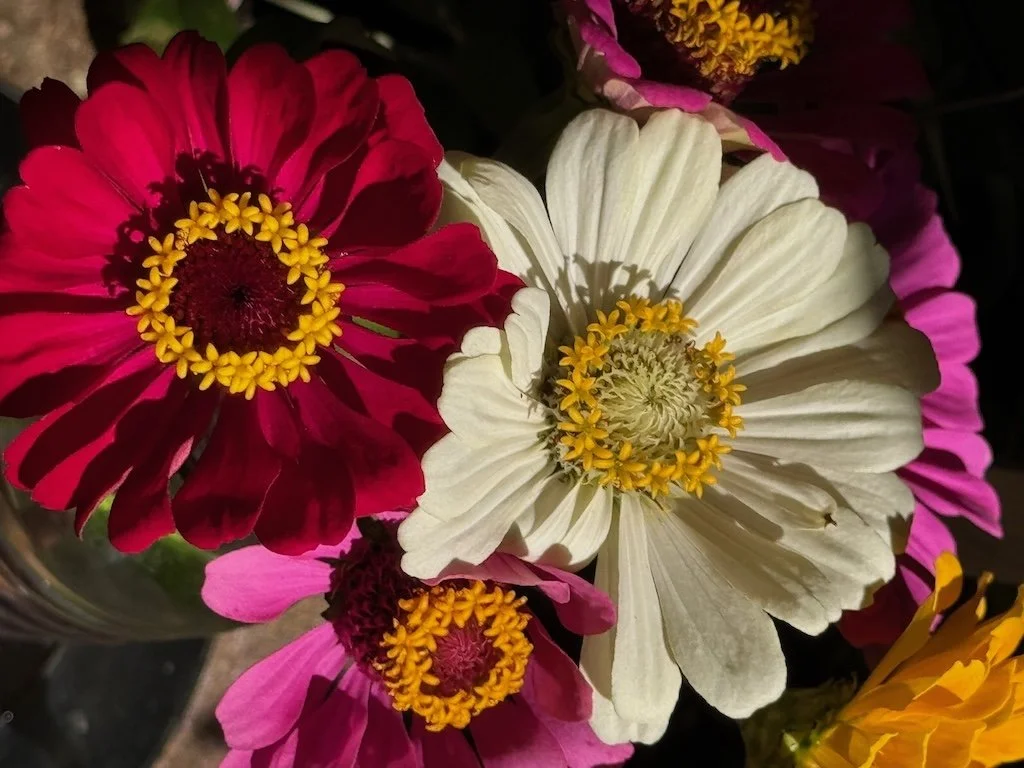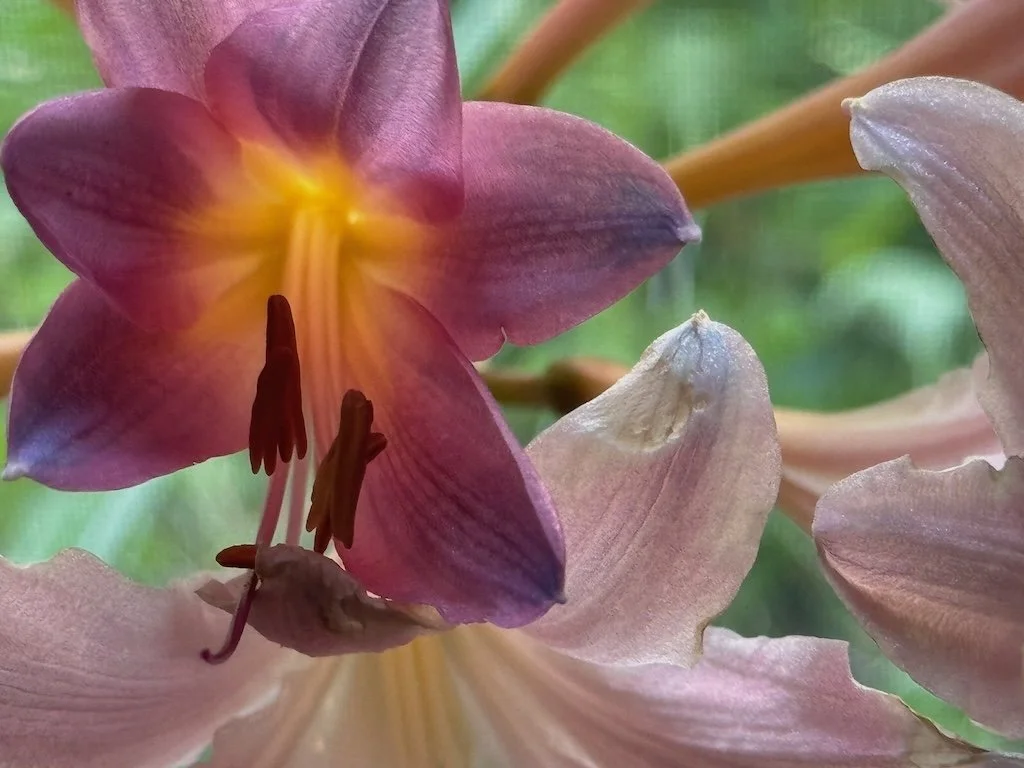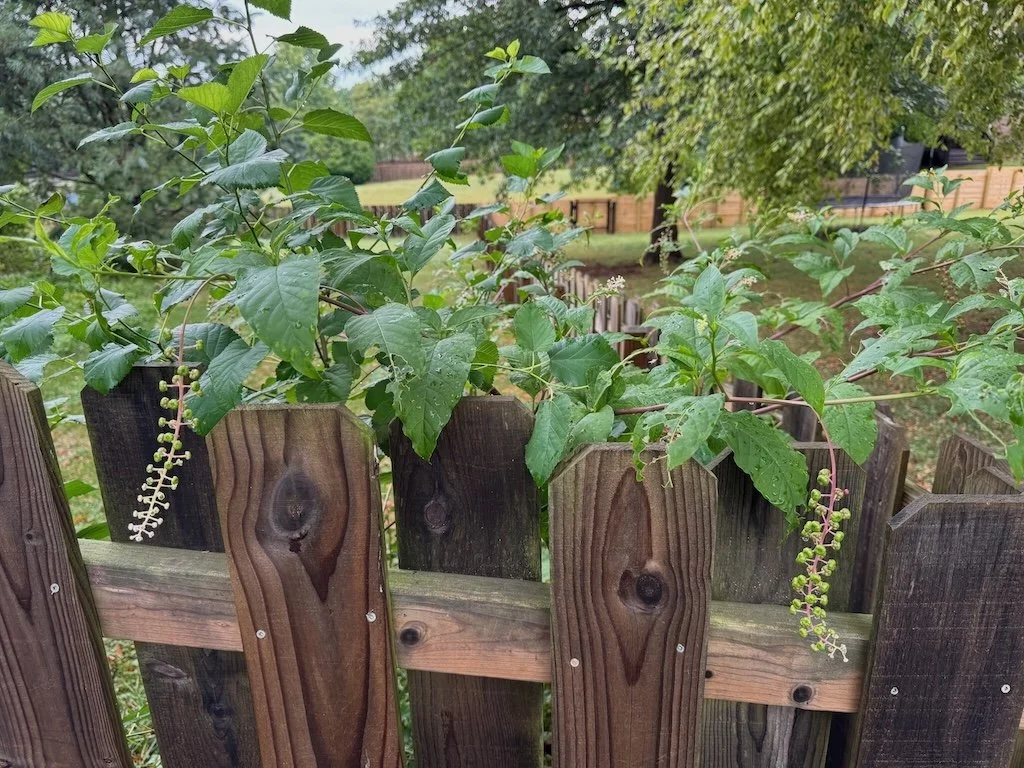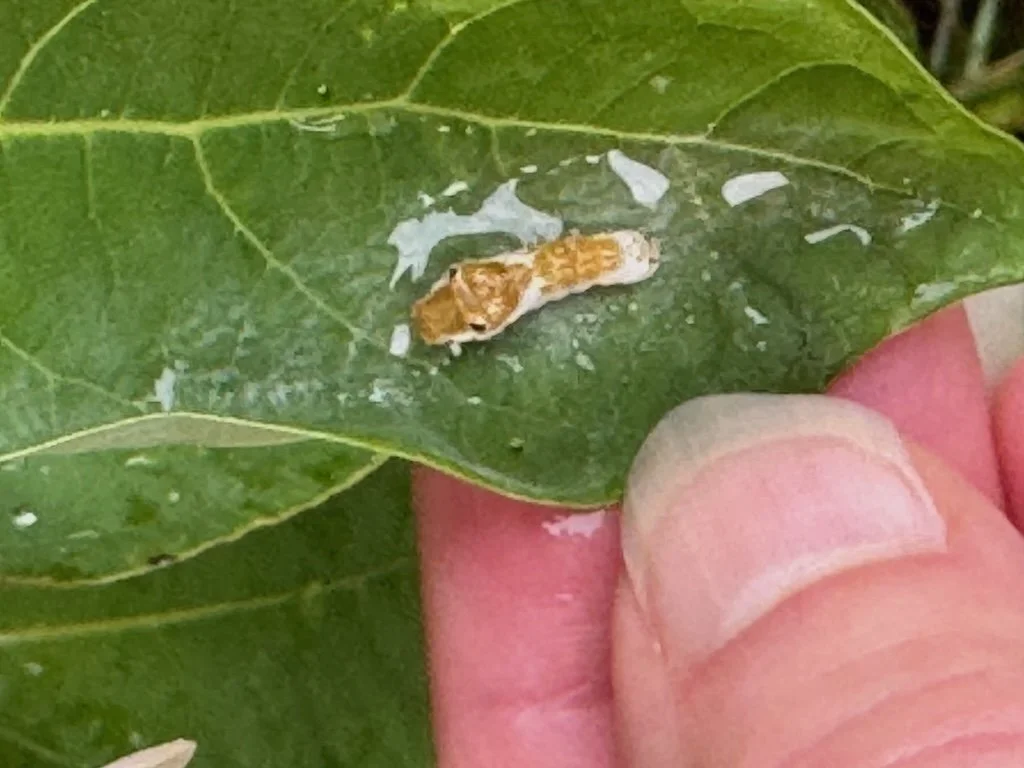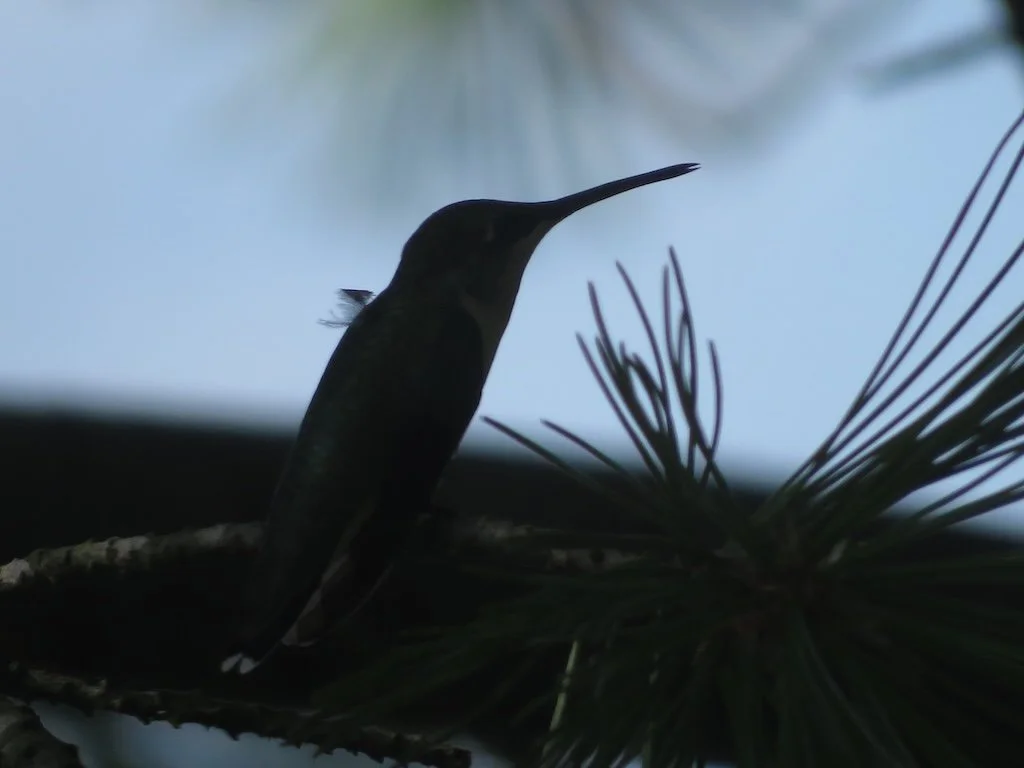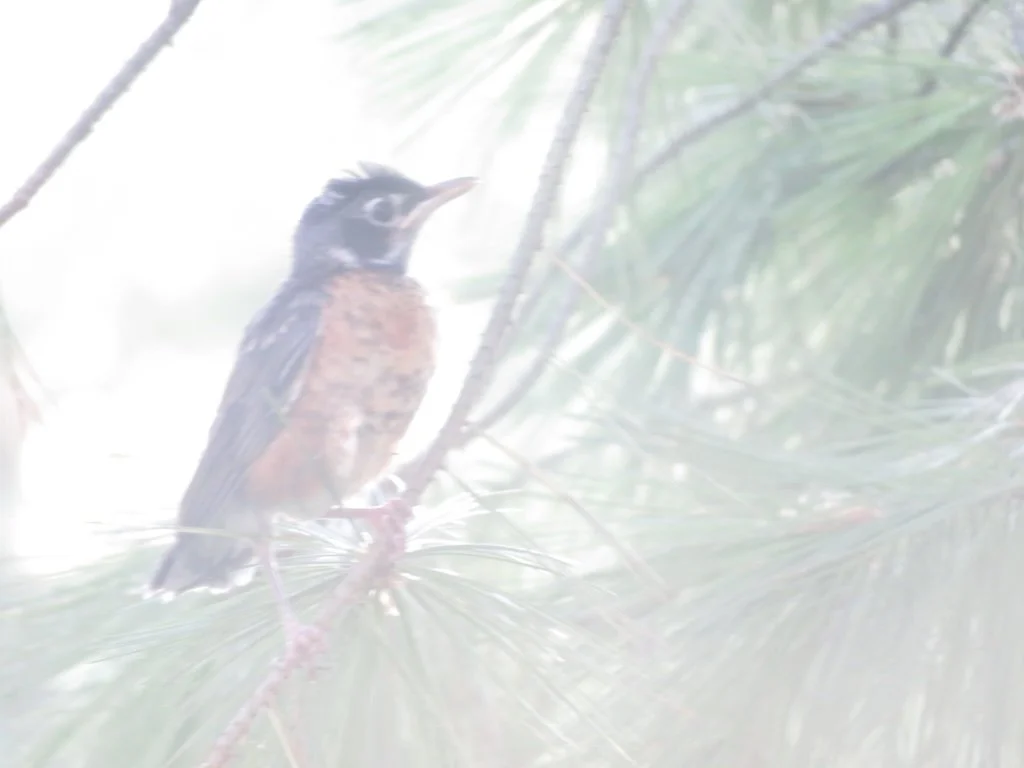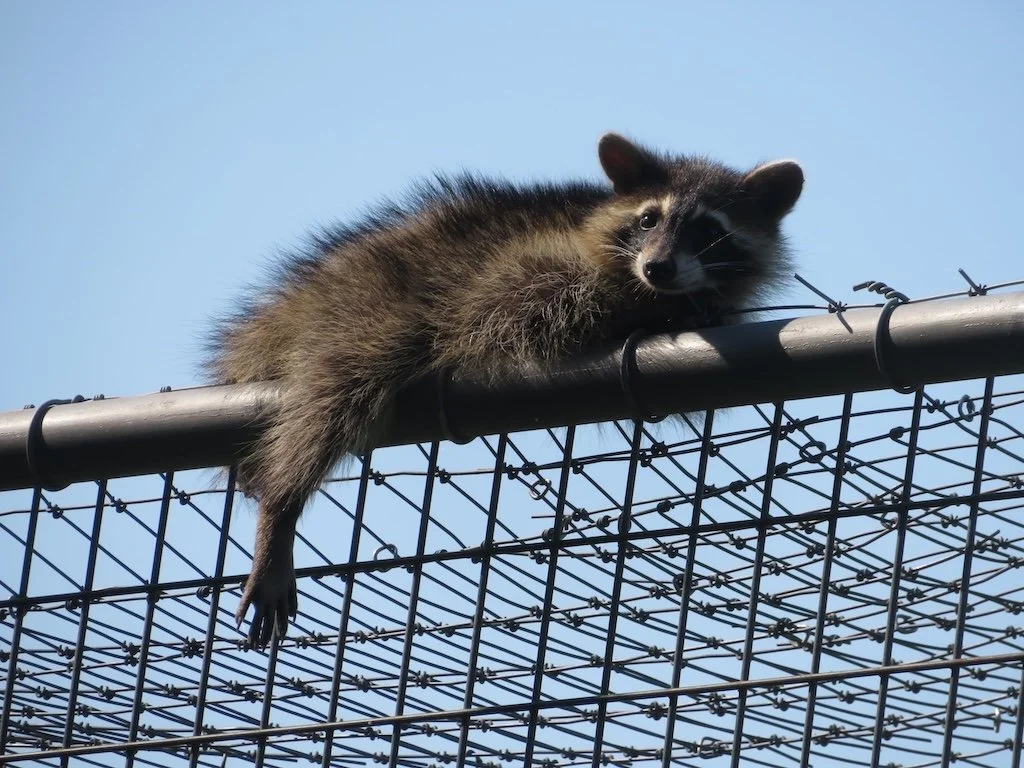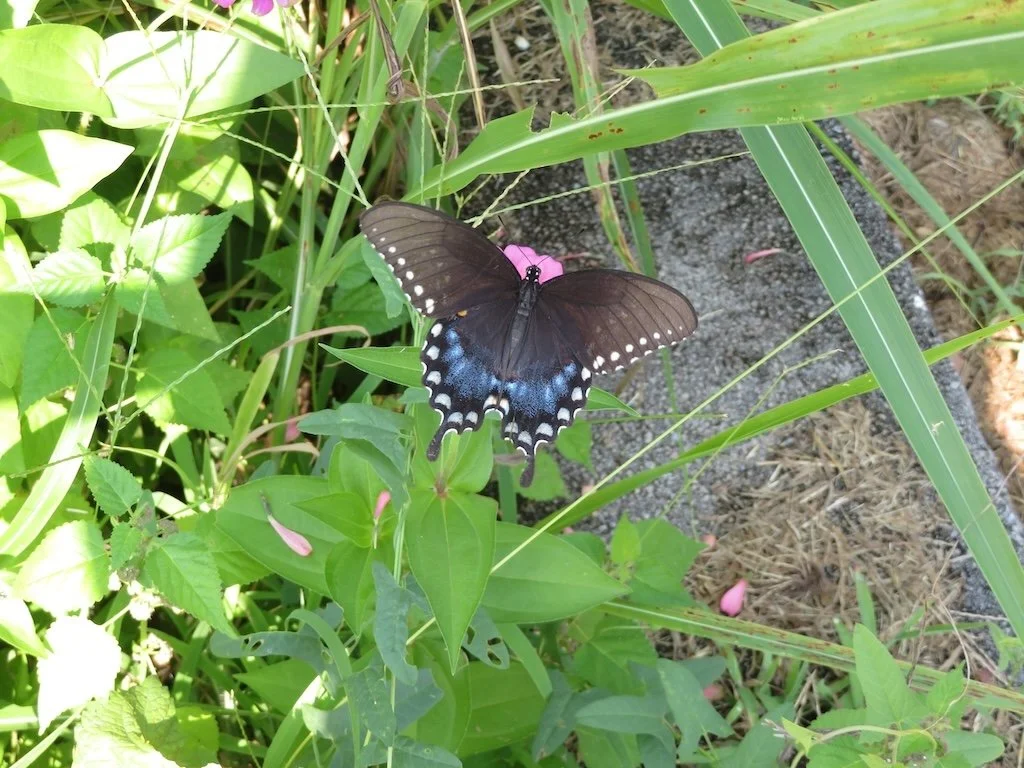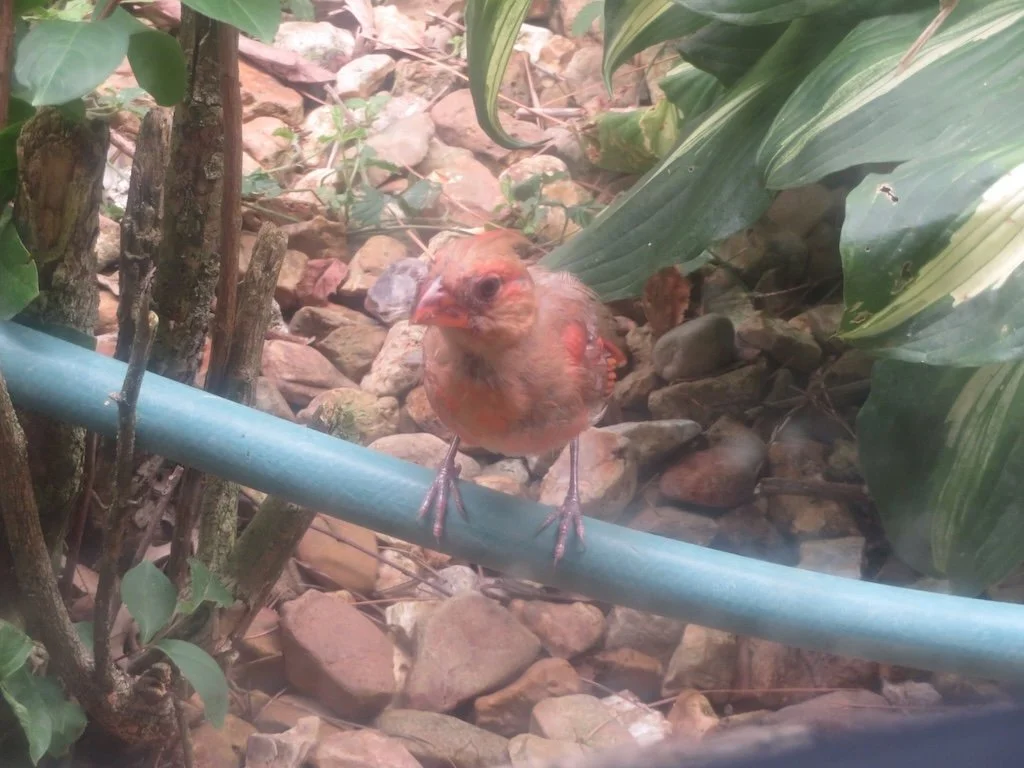A Few Minutes at Belmont
/
When I got in the car to go to Belmont Manor and Historic Park last week, it was evident I hadn’t been there since November; it was so far down the ‘recent’ list in my navigation system that I switched to the ‘saved’ list! Once there I finished my errand quicker than expected so took a few minutes for pictures.
Inside there was Katrina, the diamondback terrapin. She was very active.
Outside on the side of the building, there were the familiar signs.
The red maple planted by last year’s HoLLIE class looked healthy (red tinged twigs) – dripping from the mists that were swirling around.
But the small birds that seemed to be everywhere were what drew my attention. I’d seen a mockingbird as I walked toward the building earlier, but the small birds moved around closer to the ground in larger numbers – in the leaf and brush – blending in. I managed to photograph one – song sparrows!







